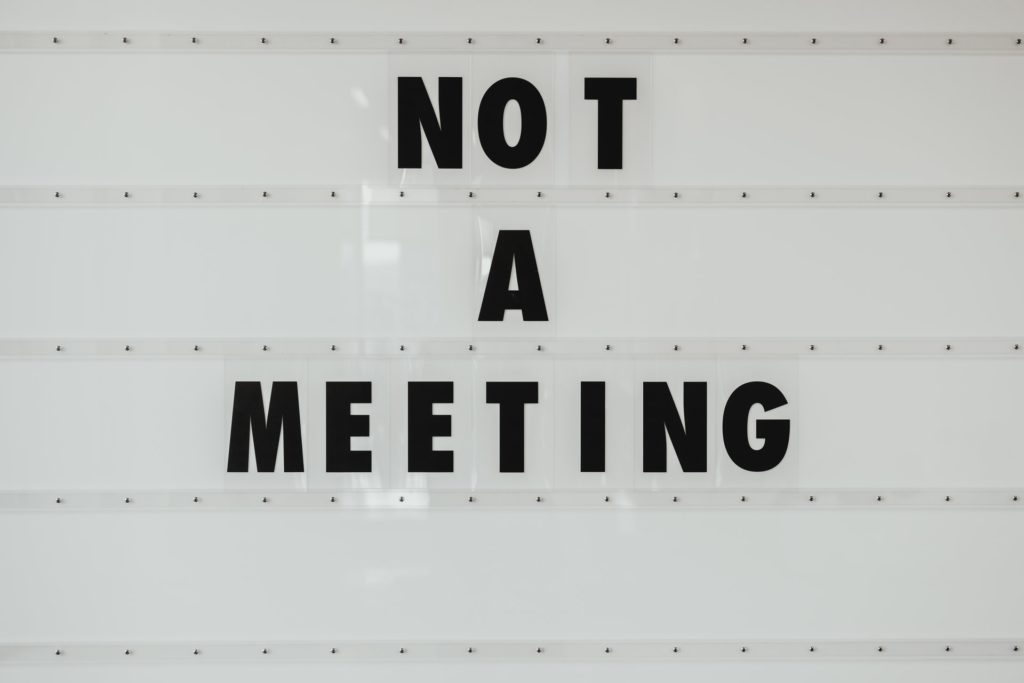Hello, world! (lambdasierra.com)
Digital Digressions by Stuart Sierra
From programming to everything else
Blog
The Repository Filesystem

When it comes to organizing source code repositories, there are broad similarities — source code in src/, tests in test/ — but no universal standards. Recently I was thinking about this and wondered “What about UNIX?”
Most Linux distributions follow the Filesystem Hierarchy Standard to some extent. The directory names are short and familiar. The structure was even organized around how files change.
Continue reading →Sequential Consequences
There comes a point in a programming career — at least one as peripatetic as mine —at which learning a new programming language barely registers as an obstacle. I’m not talking about mind-meltingly different languages like APL, just your run-of-the-mainstream object/imperative mishmash. Grab a syntax cheat-sheet, skim the standard library docs, and off you go.
Continue reading →Remote 202: How to Join a Meeting

“What do you mean, How to join a meeting’?! You click a button, doofus!”
Yes, dear friends, and that is exactly the problem. If you’re not accustomed to remote work, you may not dwell much on the mechanical processes of remote interaction. It’s just always awkward, isn’t it? Every meeting starts with several minutes of fumbling with microphones and cameras and “Can you hear me now?” With each new person who arrives, the whole dance starts over again.
But what if I told you it doesn’t have to be like this? That it is, in fact, possible to have a remote meeting start on time, with everyone present and audible and ready to work? All it takes is a little preparation and a few organizational adjustments.
Continue reading →Attention Bandwidth
Why do we have meetings?
Our computers and phones are loaded with dozens of communication apps.

I’m far from the first to ask this question. I believe it’s well-established that different modes of communication have different information bandwidth. More information is conveyed by a face-to-face conversation than an email, for example.
The conventional explanations for this are that A) text cannot convey tone, body language, or facial expressions; and B) people generally suck at writing.
But what if it’s less about how much information the speaker can convey, and more about how much the listener can receive? In other words, what if the bottleneck is not information bandwidth but rather attention bandwidth?
As of this writing, my email inbox contains 61 messages. (Down from 14,000 after a recent archiving spree.) My chat app has 36 channels open across 8 organizations. My podcasts app has 5.5 hours of content queued. And I won’t even try to count the hundreds of notifications across social media, YouTube, and the infinite doom-scroll of world news.
The only way to manage this information flood while retaining a semblance of sanity is to ration my attention. Email and chat, for example, get about 15 minutes every couple of hours. Social media gets a few minutes in the bathroom (which also sets an appropriate mental context).
So yes, that monthly all-hands meeting could be an email. That daily stand-up could be a chat message. But if it were, it would be competing with a hundred other attention-seeking missiles in the limited blocks of time I allocate to those channels. I would give it less attention, less time, less thought. I might ignore it completely.
I know I do better work when I can focus my full attention, uninterrupted, for several hours at a time. I expect this is true for most people, especially those doing any kind of creative work.
The purpose of a meeting, then, is not to convey information efficiently. It is to force an audience to pay exclusive attention to one thing, to get that creative focus pointed in a particular direction.
In the same physical space, our attention is constrained by social norms: It’s considered rude to look at your phone during a conversation or surf the web in a meeting. Remote-video meetings are challenging, in part, because the social norms of physical space conflict with the continuous partial attention habits of virtual space.
Regrettably, in many organizations, a meeting is the only way to obtain someone’s full attention, especially managers or people with responsibilities to multiple groups. I don’t have a prescription to fix that: It’s a deep problem in organizations of all types.
Hopefully, though, it helps just to acknowledge the problem. Ask yourself “Why have this meeting?” Acknowledge that the answer might be “To force people to listen to what I have to say.” But perhaps, in time, we can develop ways to ask others for their full attention — and give our full attention in return — without having to stake a claim to hour-long blocks of time.
Remote 201: Profile Pictures
Now that we’ve covered the basics of remote work — headsets, cables, and software — it’s time to think about some of the smaller, more subtle things we can do to ensure a good remote experience for everyone. Today, that’s profile pictures.
Continue reading →Podcast Updates
No Manifestos is still “on the air”!
If you haven’t been following, here are some recent episodes to check out:
- Russ Olsen, author of Getting Clojure and Eloquent Ruby
- Jen Myers, software educator and public speaker
- Aisha Blake, founder of the musical tech conference <title of conf>
Or get the whole series in your podcasting app of choice.
I also announce new episodes on Twitter as @nomanifestos.
Remote 103: Software
In the first two posts in this series, I talked about hardware: networking and headsets. I’ll come back to hardware eventually, but the next thing on the checklist is software.
Continue reading →Remote 102: Headsets
If you saw my last post, you’ve got your computer wired up. Time to get yourself wired up too. The next piece of hardware you need to be a successful remote worker is a headset with an adjustable microphone boom.
Continue reading →Remote 101: Cables
So you want to work remote. Or you want other people to be remote. You want space. Perspective. Distance. Escape the corporate cubicle farm and work in your pajamas.
First, you need to get some network cables.
Continue reading →